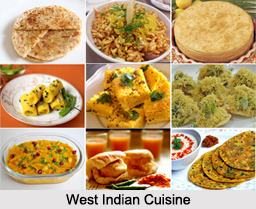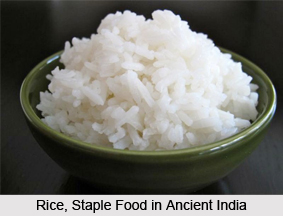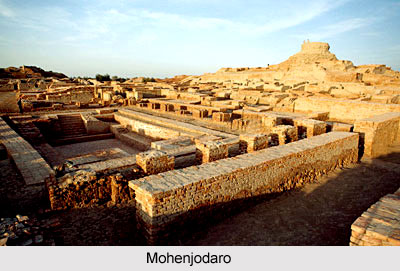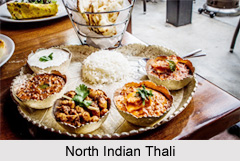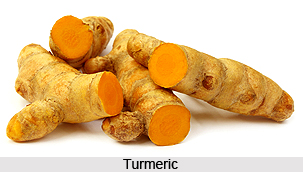 Turmeric is one of the cheapest spices available in India. Although as a dye it is used in similar manners to saffron, the culinary uses of the two spices are never generally fuddled and also never replace saffron in food a-la-carte menu. Turmeric is literally added almost in every dish prepared and cooked in India. Turmeric has always been utilised in its ground and mashed format. The powder is legendarily acknowledged to maintain its colouring properties indefinitely, although its quintessential flavour will ebb with time.
Turmeric is one of the cheapest spices available in India. Although as a dye it is used in similar manners to saffron, the culinary uses of the two spices are never generally fuddled and also never replace saffron in food a-la-carte menu. Turmeric is literally added almost in every dish prepared and cooked in India. Turmeric has always been utilised in its ground and mashed format. The powder is legendarily acknowledged to maintain its colouring properties indefinitely, although its quintessential flavour will ebb with time.
Etymology of Turmeric
The botanical names "Curcuma longa Linn", "Curcuma domestica Val" and "Curcuma aromatica Linn" and the family name "Zingiberaceae", turmeric (Curcuma longa) is defined as a rhizomatous herbaceous perennial plant of the ginger family, by the latter name. In India, the plant is used in almost in umpteen and lip-smacking variations, with several names of can be stated as follows - "Haldi" in Hindi, Gujarati and Punjabi; "Halud" in Bengali; "Haldhar", "Arishina" in Kannada; "Halad" in Konkani and Marathi; "Manjal" in Malayalam; "Haladi" in Oriya, Sanskrit and Urdu; "Manjal" in Tamil and "Pasupu" in Telugu.
Origin of Turmeric
Turmeric is wholly a native of India in its origin and distribution. In India, it is cultivated in the states of West Bengal, Andhra Pradesh, Maharashtra, Odisha, Tamil Nadu, Karnataka and Kerala.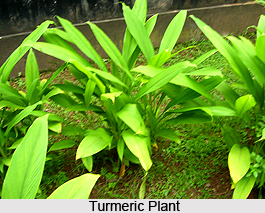 Turmeric is regarded as an ancient spice, a native of South East Asia, brilliantly utilised from time immemorial as a dye and a condiment. It is still used in rituals of the Hindu religion and as a dye for holy robes, being natural, un-synthesised and cheap.
Turmeric is regarded as an ancient spice, a native of South East Asia, brilliantly utilised from time immemorial as a dye and a condiment. It is still used in rituals of the Hindu religion and as a dye for holy robes, being natural, un-synthesised and cheap.
Properties of Turmeric
Turmeric, basically serving as an underground stem, very much resembles a plant of ginger in the raw, unused version. The turmeric powdered variation is most normally available in a ground, mashed, bright yellow fine powder. The fragrance and olfactory property of turmeric is intriguingly earthy and to some extent pungent and bitter. The flavour of both the powder and the whole version is warm and aromatic to some extent, with an acrid undertone.
Use of Turmeric in Cuisine
As a dried spice, turmeric is usually ground into a fine powder that has a bright yellow colour. Turmeric is always added at the beginning of the cooking process and sautéed with other aromatics such as onions, ginger and garlic. This allows the release of curcumin, which is fat soluble.
Use of Turmeric in Medicine
Turmeric is a popular spice that has been used as a remedy for thousands of years in Ayurvedic medicine. It is popular for its medicinal values, utilised as part of home remedy. It is proven to improve immune function with antioxidant, anti-inflammatory, antiviral and antibacterial properties. The main active ingredient of Turmeric is curcumin, which may offer protection against certain cancers, treat arthritis, benefit those with inflammatory bowel disease, reduce blood sugar and help prevent Alzheimer"s disease. Further, it is also acknowledged from historical times, uses of turmeric in India also have charted the domains of good looks and beautification amongst the fair sex.
Turmeric, as can be comprehended is a unique, colourful and versatile a natural plant product, combining the properties of a spice or flavouring agent, colorant as brilliant yellow dye, as a cosmetic and as a source of medicine useful in a number of diseases.
